The modern car is equipped with many lights and indicators, which communicate the various states of its diverse system. As a driver, when you notice something illuminating on the dashboard, you should take the time to investigate and understand what it is trying to tell them. Many drivers find this quite overwhelming, but the more you know, the better it can help you avoid car failure or complete breakdown.
When a light on your dashboard illuminates, it usually means something is wrong with your car, and you should take it to a mechanic. It doesn’t mean waiting a few weeks to see if it turns off.
Here’s a breakdown of some of the most common dashboard lights and what they mean.
What Do Different Colors Mean?
The warning lights on a car will come in three different colors. Red, orange, and green.
Red Lights
Red lights are the most urgent and signify a potential problem or safety issue. Stop your car safely ASAP and contact your local service center for assistance.
Orange (Yellow) Lights
Orange (Yellow) lights indicate that there may be an issue with the car’s system, but it is unlikely to be an emergency. When you notice this light on your dashboard, you should immediately take your vehicle for service to avoid further issues.
Green Lights
Green lights are usually the least urgent and indicate a minor issue or maintenance required. This could be anything from an oil change to a tire rotation, so it’s best to check it out to ensure it runs smoothly.
It’s also important to note that different car makes and models can vary the color codes on their dashboard lights. So it’s always best to consult your car manual for more information.
Various Lights and What They Mean
Here’s a list of some of the most common dashboard lights and what they usually indicate:
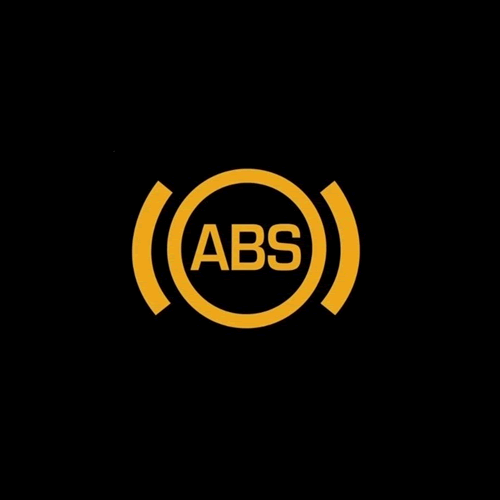
Anti-lock brake system (ABS)
This indicates that your car’s antilock braking system is malfunctioning. This means you must take your vehicle in for a service as soon as possible to avoid further issues.
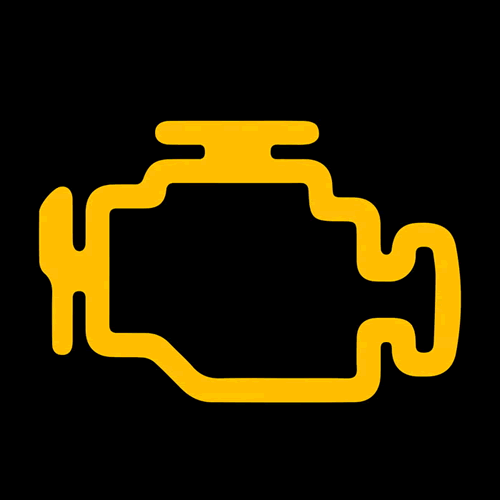
Engine Management Light
This light typically comes on when there is a problem with the engine. It could be an issue with the spark plugs, ignition coils, fuel injectors, or oxygen sensors. If you see this light illuminated on your dashboard, it’s best to take your car in for a service.
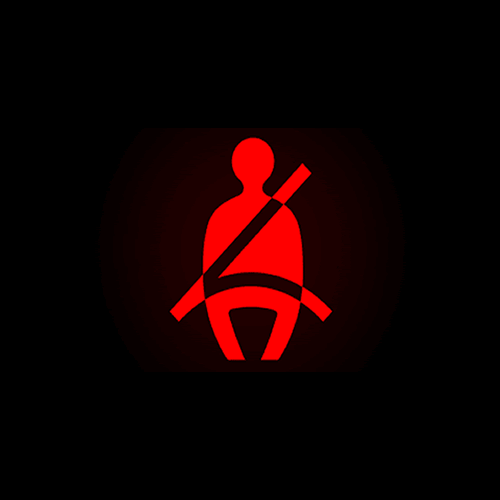
Seat Belt Reminder Light
This indicates that one or more of the seatbelts in your car is not buckled. It serves as a reminder to buckle up before starting the engine.
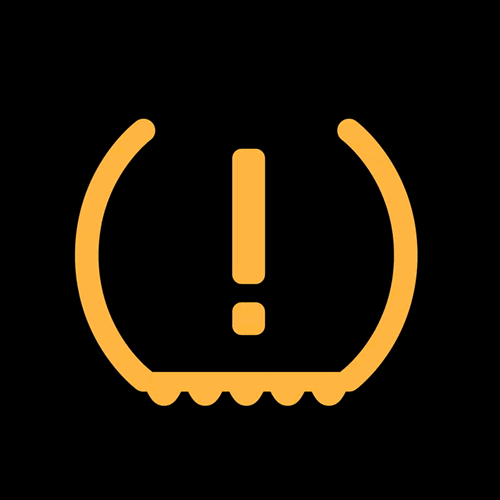
Low Tire Pressure Light
This light indicates that one or more of your tires have inadequate air pressure. This could lead to poor handling and lower fuel efficiency, so you should check your tire pressure immediately.
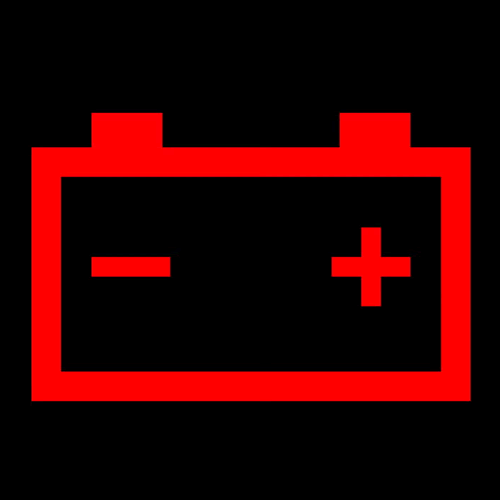
Battery Warning Light
This light indicates that your battery isn’t charging correctly or at all. This could be due to a fault with the alternator, so you should get it checked as soon as possible.
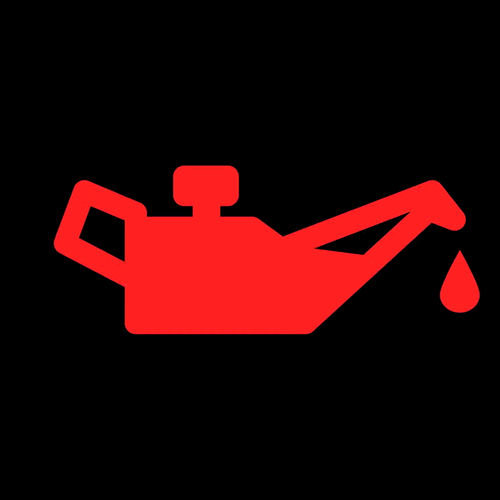
Engine Oil Warning Light
This light will come on if there is inadequate oil pressure in the engine, which can cause severe damage to your engine if it is not addressed. You should check your oil levels as soon as possible and top up or change it if necessary.
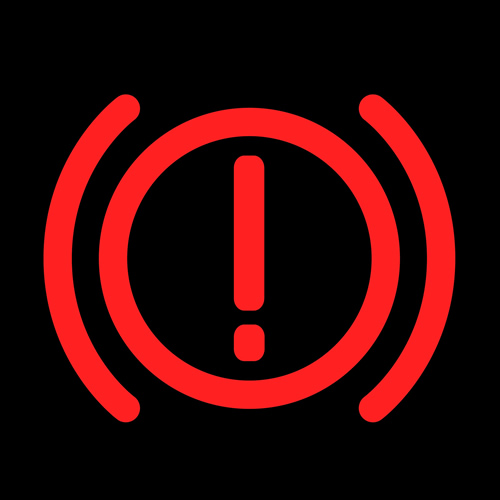
Brake Warning Light
This light will come on if there is something wrong with your brakes. This could be due to low brake fluid levels, or it may indicate a problem with the braking system itself. Getting this checked as soon as possible is essential for your safety.

Airbag Warning Light
This light can indicate a problem with your airbags. It may be due to an issue with the wiring or sensors in the system, and this needs to be addressed as soon as possible to ensure that your airbags will deploy correctly in the event of an accident.

Power Steering Warning Light
This light indicates a problem with the power steering system. It could be due to low power steering fluid levels or an issue with the pump. You should check this out to ensure you have complete control of your vehicle’s steering.
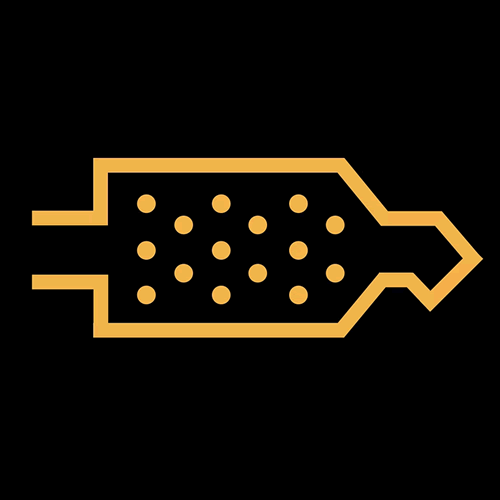
DPF Warning Light
When this light comes on, the diesel particulate filter is clogged and needs to be cleared out. You should complete this as soon as possible since a clogged filter can cause severe engine damage if left unchecked.
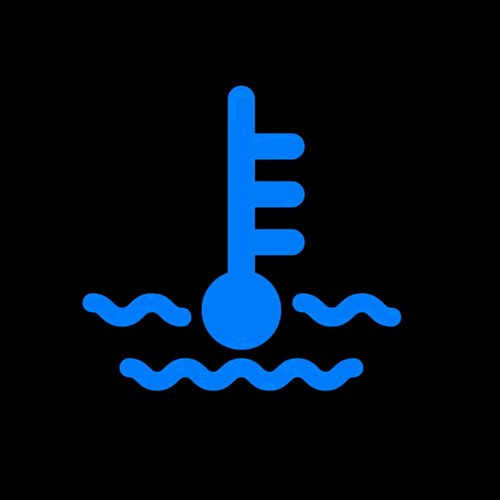
Engine Temperature Warning Light
Your car’s temperature gauge is an essential indicator of how your engine is running. If this light comes on, the engine is getting too hot and needs to be checked out by a mechanic as soon as possible.
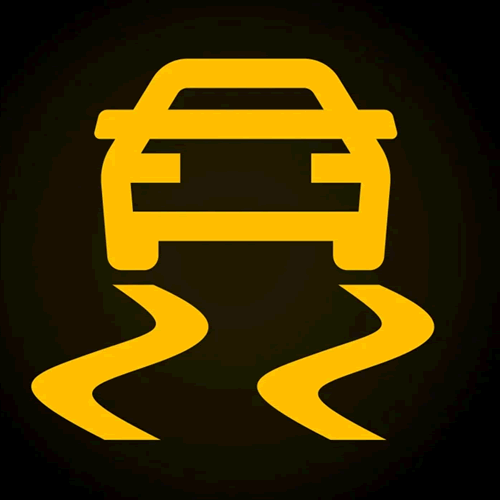
Electronic Stability Problem (ESP) Warning Light
This warning light indicates an issue with the car’s electronic stability system. This system helps keep your vehicle stable in different driving conditions, so checking if this light comes on is essential.
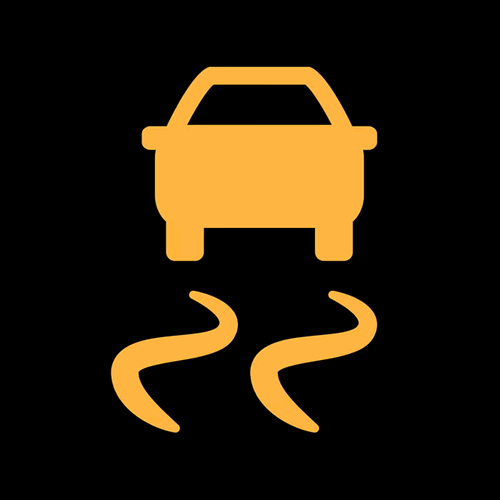
Traction control light
If your traction control light comes on, the system is active. It should come on when driving in slick conditions.
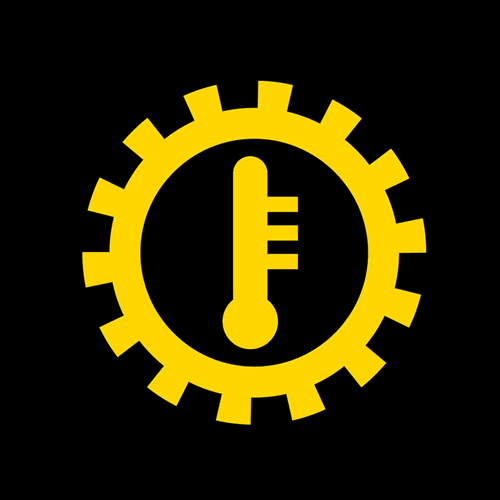
Automatic gearbox warning
Also called the automatic transmission light, this means there’s a possible problem with your automatic transmission. It usually comes when the transmission fluid temperature is higher than usual.

Washer fluid reminder
Luckily, when this light comes on, you can fix the problem yourself. It just means the washer fluid reservoir in your car needs to be refilled. Keeping a bottle of all seasons washer fluid in your garage is always a good idea.
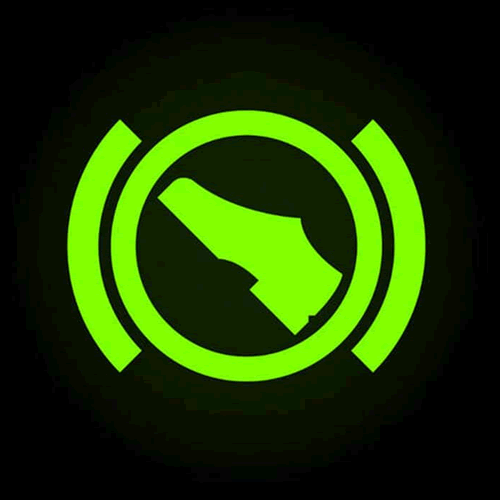
Automatic shift lock or engine start indicator
The ASL or engine start indicator light means your car is locked in neutral or park. You must step on the brake to release the lock and shift the vehicle into reverse or drive.
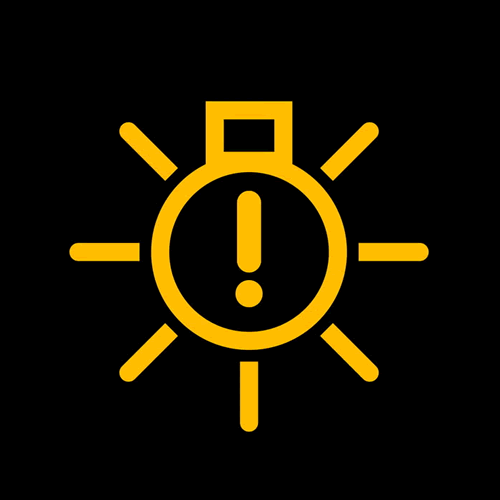
Lamp out light
It’s one of the less severe dashlights on this list. Then again, if the lamp or bulb in question is a headlamp or taillight, you could risk an accident or a pricey ticket. Ironically, the lamp-out indicator is usually depicted by what looks like a sun with rays around it. A burnt-out lamp or busted bulb wouldn’t be as illuminating.

